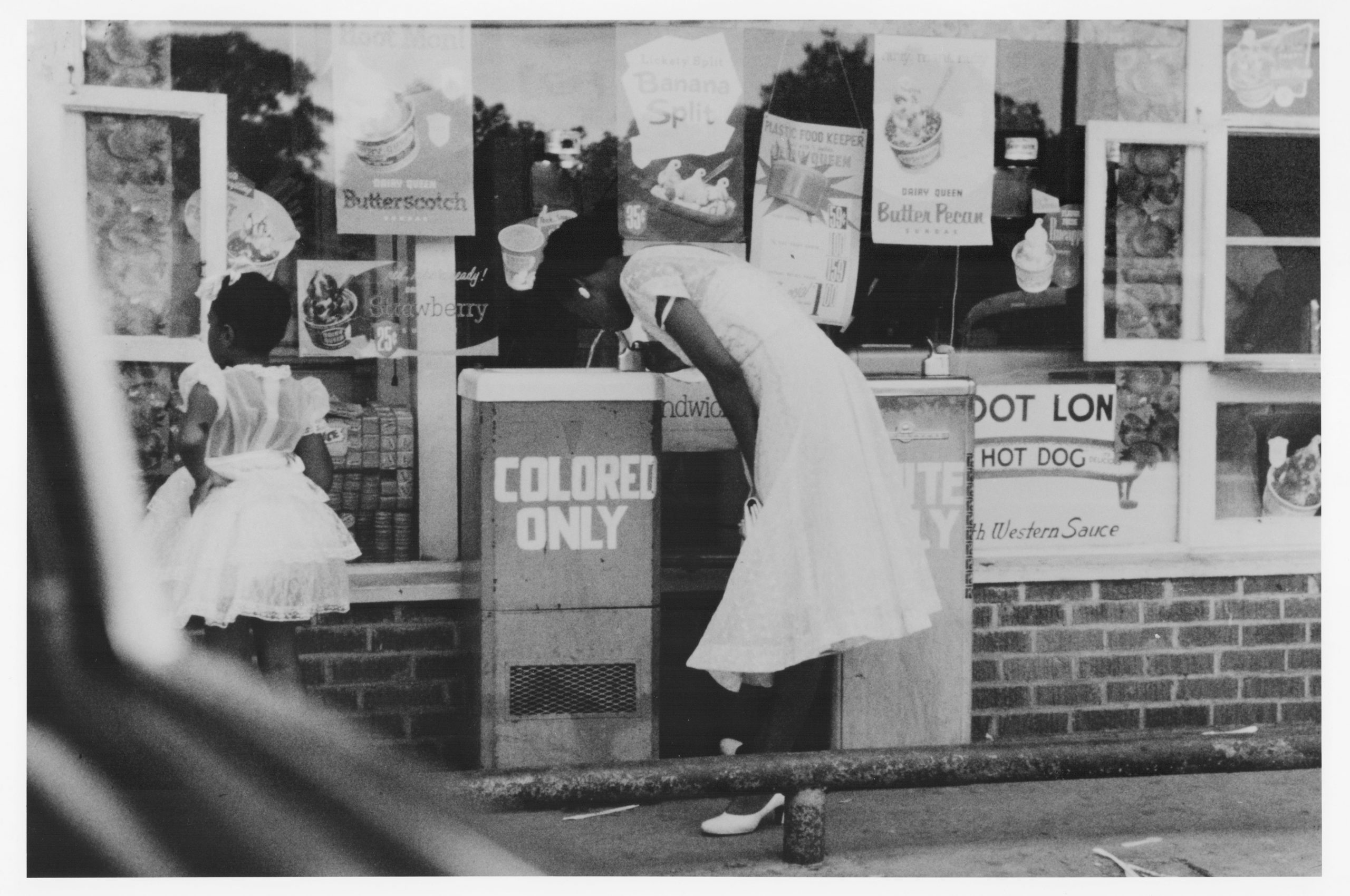
In “Drinking Fountains” from our collection by the acclaimed Gordon Parks, who documented segregation in Alabama for Life in 1956, we observe history seemingly frozen in time as captured through a car window. The fountains with their segregated text, shocking in their own right, are juxtaposed against innocuously placed ice cream advertisements. Just as jarring, we also see a young Black woman leaning in for a drink of water from the fountain clearly labeled for her. A little girl, perhaps her daughter, is nearby with hand on hip, peering into the store windows.
Who did that little girl grow up to become? How did this moment and those fountains shape her life?
These are just two of a multitude of questions we should ask about what this image reflects, and while segregated drinking fountains are relics of the past, there can be no doubt that racism and bigotry remain.
Through civil unrest and commitments from the university administration, our community is on record to support one another and work toward much-needed change. More broadly, cultural sectors also are looking inward critically at their practices to course-correct. All indications point to acknowledging that we have a responsibility to act and that we have much more work to do.
In 2019, the Jule Collins Smith Museum of Fine Art embarked on strategic visioning. Meaningful discussions have centered on diversity, inclusion and accessibility, and a commitment to improving these organizational tenets. This critical work continues with urgency and mindfulness. As an academic museum, we resolve to do better in all that we do for everyone and, most importantly, to listen, learn, and be a part of the change needed in the world.



